High in the Puerto Rican mountains, waiting for help after Maria
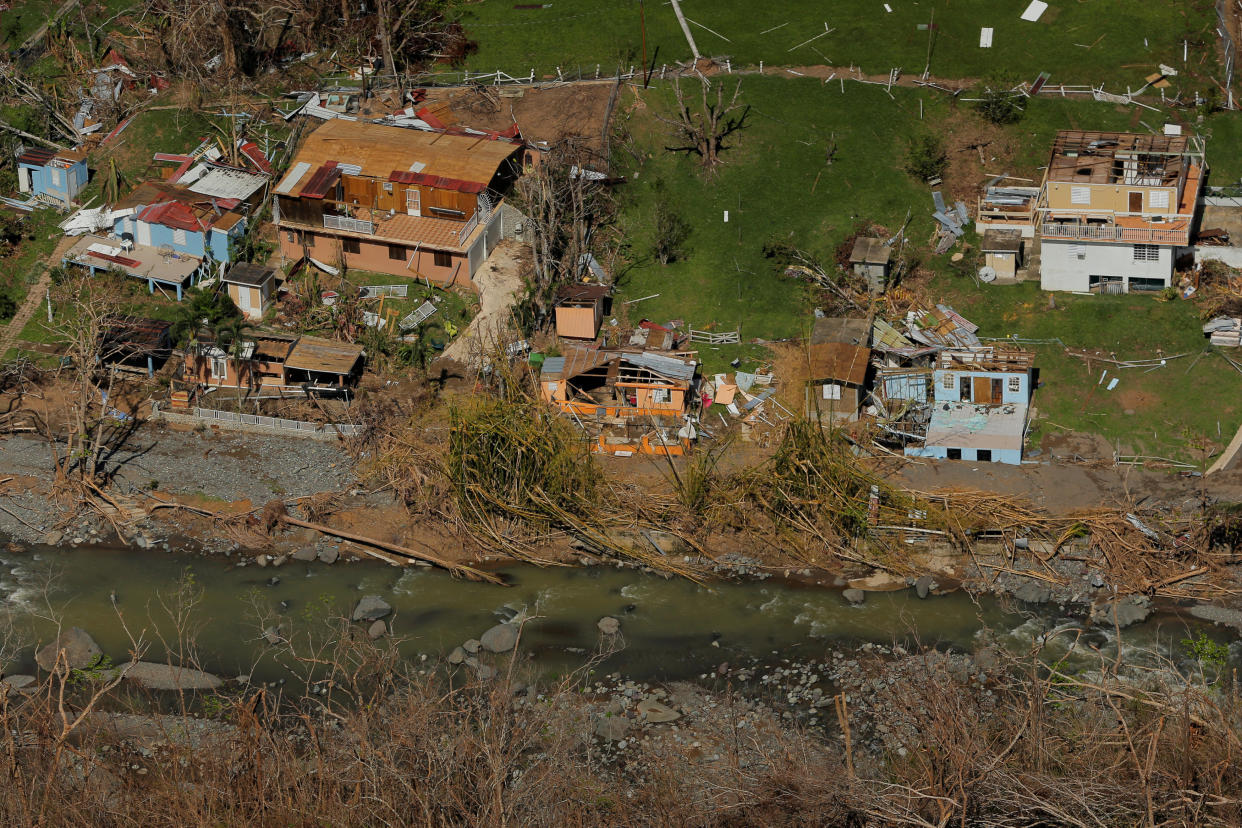
CIALES, P.R. — Branches and electrical wires dangle like streamers across the steep road that winds through Puerto Rico’s central mountain range to Ivan and Carmen Martinez’s home and alternative-medicine clinic.
The already impractically narrow two-way street has become an even more harrowing path in the wake of Hurricane Maria, which sent a torrent of mud and rocks sliding down the mountains, leaving gaping holes in places where there used to be concrete.
“I don’t know if he’s there,” said Jesse Vazquez, a longtime friend and patient of Ivan’s, while en route to the Martinez house from Bayamón last week. “I don’t know if he’s got refrigeration. I don’t know if he’s got power.”
Ivan and his wife, Carmen, have been practicing iridology — a method of alternative medicine that claims to identify problems with one’s internal health through certain patterns and colors in the iris — for nearly 60 years. Vazquez, a 69-year-old U.S. military veteran, has known the couple for 37 years, but it wasn’t until about three years ago that he consulted them about an alternative treatment for his aortic stenosis, a degenerative heart condition caused by a childhood case of rheumatic fever.
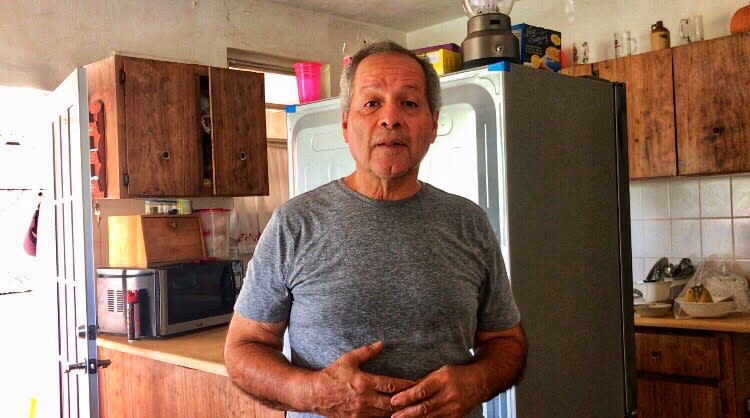
Resistant to the open-heart surgery recommended by cardiologists at the Veterans Affairs Hospital in San Juan who, he said, are “constantly warning me of sudden death and heart failure,” Vazquez instead chose to pursue chelation therapy, which involves injections to purge toxins from the bloodstream. (The U.S. Food and Drug Administration has approved the use of chelation therapy to treat lead poisoning, but it is considered a controversial and unproven treatment for heart disease and other illnesses.) Up until about two months ago, Vazquez had been making the hour-and-a-half drive from his home in Bayamón to the mountains every other week to receive the treatment from the Martinezes.
Slideshow: In the wake of Maria: Aerial views of devastation in Puerto Rico >>>
“Irma and now Maria have made it very difficult to even go to my appointments at the VA hospital,” Vazquez said, referring to the back-to-back Category 5 hurricanes that tore through the Caribbean last month. The first storm passed just north of Puerto Rico, leaving 1 million residents without electricity, before the eye of the second swept straight through the island, knocking out power and cell service for pretty much everyone else.
Central mountain towns like Ciales were among the hardest hit by Maria, and Vazquez hadn’t been able to contact Martinez since the storm. However, upon his arrival at their house, which stands alone beside a river on an unnamed mountain road, it quickly became clear that the couple were, in some ways, better off up here than many others below.
“Here we don’t need anything, not water or food or lights or nothing,” Ivan, 82, said proudly of the home he built himself 25 years ago and outfitted with solar panels and a sophisticated rain collection system that have kept the lights on and water running while most Puerto Ricans now enter their fourth week without at least one of these basic utilities.
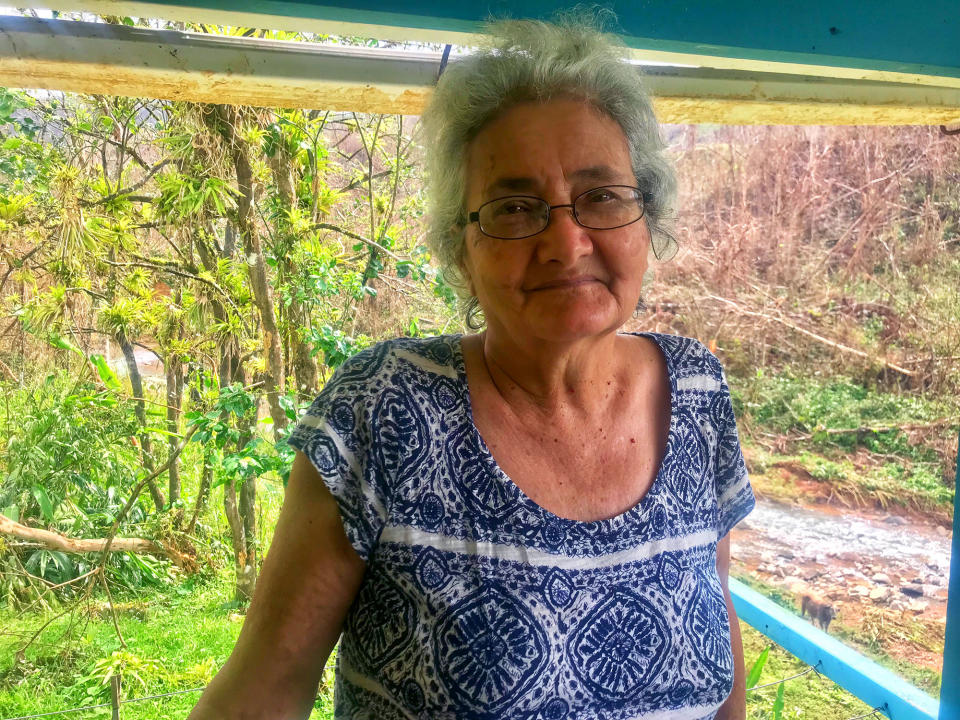
But Carmen, Ivan’s longtime partner in alternative healing, was not nearly as content. The couple had been completely without phone or internet connections since the storm, and 79-year-old Carmen, who walks with a cane and suffers from a neurological condition that causes chronic pain in her mouth and jaw, is keenly aware of how isolated they are.
“If something happens to me and we need an ambulance or something, there’s no way of communication,” she said, applying a prescribed medicinal cannabis oil to her lips. “It has been very, very stressful for me.”
Not only that, she pointed out, but the house is sitting in the direct path of a potential mudslide.
“It’s very dangerous,” Carmen said, carefully making her way across the warping wood floor of the living room — which flooded during the storm — through the patient exam room, and onto the back porch, which overlooks the river.
“In the corner back there, there is a [mud] slide,” she said, pointing to the side of the house. “The house is, like, 12 inches from the slide. That’s too close.”
Slideshow: Puerto Rico after Hurricane Maria >>>
Carmen surveyed the tangled mess of branches and roots of the avocado and banana trees that once lined their property.
“Do you see that?” she asked, gesturing toward the river where an ox stood stoically, looking up at the house, his tan-colored hide almost blending in with the muddied water flowing behind him.
She has no idea where he came from, but said he’s been out there for about a month, just standing and staring.
“He survived Maria,” she said. “I call him Lolo.”
Out on the porch, overlooking her ravaged property, Carmen reflected on what she and her family —Lolo included — has experienced these past few weeks.
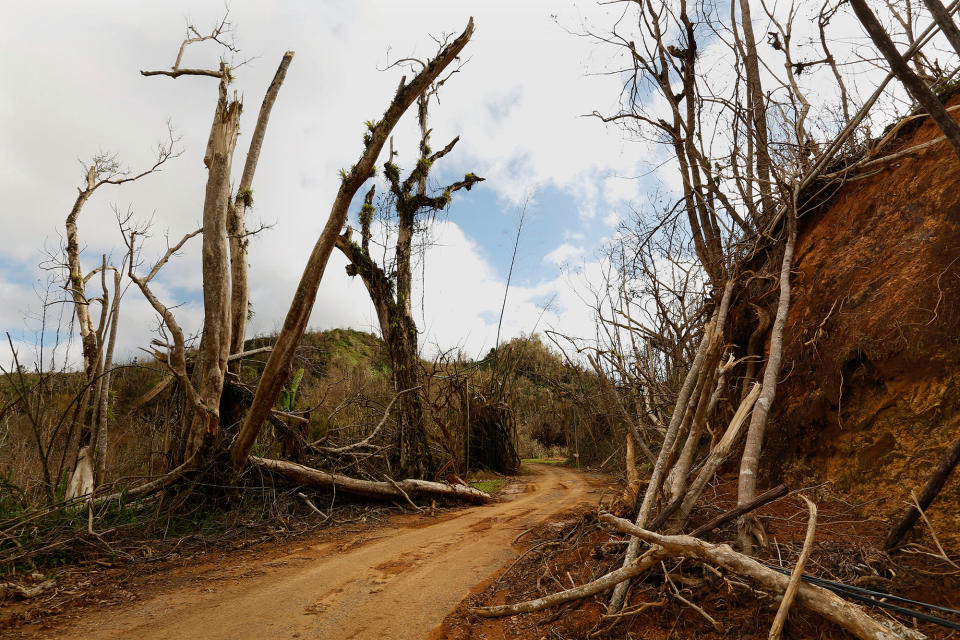
“It was like a nightmare,” she said of Maria. “It is a nightmare.”
The Martinezes’ three daughters used to live in Puerto Rico but all now live on the mainland, she explained. Their only son had been living in Lajas, on the southern coast of the island, when the hurricane hit.
“He lost everything,” she said. “Everything, everything.”
“Right now,” she continued, “his wife is going to New York with the family. They sent the boys already, but my son is staying in Puerto Rico. He doesn’t like New York.”
Carmen fears her husband will be just as stubborn about staying put, but she’s intent on leaving the island — preferably for Orlando, where one of their daughters lives.
“Even the nurse that works for us is in Florida already,” she said — which meant it would not be possible for Jesse Vazquez to receive his chelation therapy. Vazquez was one of the first of the Martinezes’ patients to make the journey to their house after the storm, once the debris had begun to be cleared from the roads.
“For two weeks since the hurricane, they couldn’t pass on the roads,” said Ivan. “It was difficult and dangerous to get up here.”
It hasn’t been very easy to get down the mountain either, and going to the supermarket in Ciales, even just for rice and beans, means waiting in long lines — sometimes for hours — in the heat.
“Right now, it isn’t easy,” Carmen said. “We are just living by faith.”
A couple of days earlier — nearly three weeks after the hurricane — the Martinezes received a visit from a single employee with the Federal Emergency Management Agency, or FEMA.
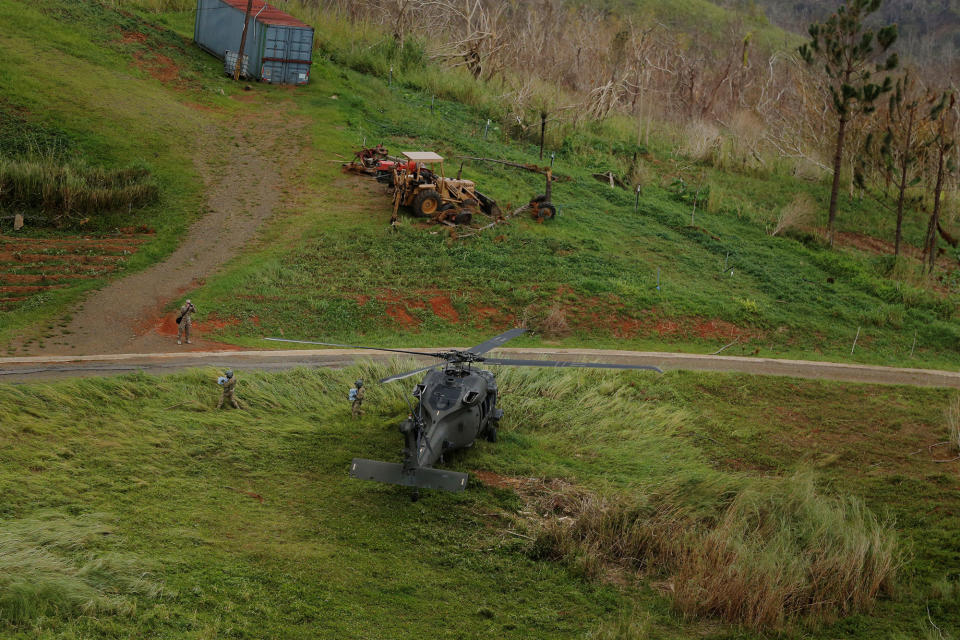
Carmen recalled that the agent, a woman, “was very nice” and “asked me about the things that we need,” but did not offer them any water, food, or other supplies.
Asked whether she expected the woman from FEMA to return, Carmen replied, “I hope so.”
(Cover tile photo: Lucas Jackson/Reuters)
Read more from Yahoo News:



